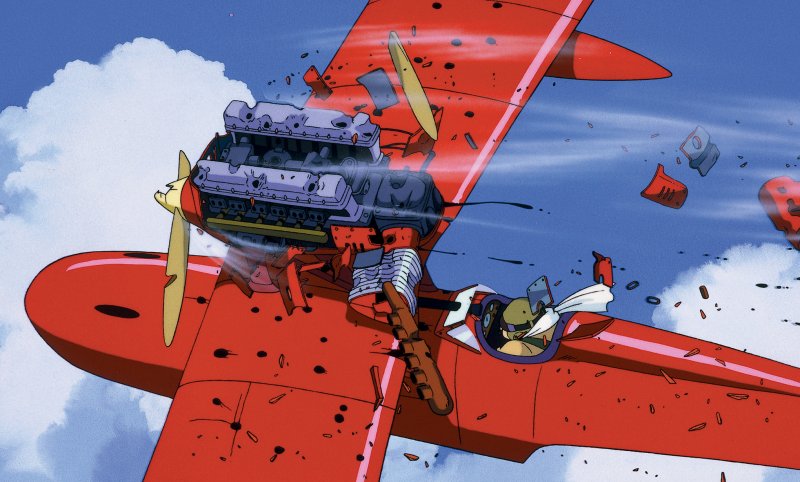
In 1913, the first Schneider Trophy seaplane race was held.

In the years before the First World War, popular interest in aviation led to a large number of air races in Europe including the 1911 Circuit of Europe race, the Daily Mail Circuit of Britain Air Race, and the Aerial Derby. It was there that aviation pioneer and military pilot Jimmy Doolittle, then thirteen, saw his first airplane.

The event attracted 43 entrants, of which 16 appeared. William Randolph Hearst carried coverage of the event in his Los Angeles Examiner, and hired a hot air balloon with a promotional parse touting his newspaper. Roy Knabenshue and Charles Willard, who raised funding from railroad magnate Henry Huntington, and the Los Angeles Merchants and Manufacturers Association.

The first air race in the United States was the 1910 Los Angeles International Air Meet at Dominguez Field, just south of Los Angeles, from 10 to 20 January 1910. Louis Paulhan in a Farman III at the 1910 Los Angeles International Air Meet at Dominguez Field Curtiss was named 'Champion Air Racer of the World'. The premier event - the first Gordon Bennett Trophy competition - was won by Glenn Curtiss, who beat second-place finisher Louis Blériot by five seconds. This was the first major international flying event, drawing the most important aircraft makers and pilots of the era, as well as celebrities and royalty. Some other minor events were held before the Grande Semaine d'Aviation de la Champagne in 22–29 August 1909 at Reims, France. Léon Delagrange, who covered slightly more than half of the ten 1.2- kilometre (0.75 mi 0.65 nmi) laps was declared the winner. Four pilots entered the race, two started, but nobody completed the full race distance though this was not unexpected, as the rules specified that whoever travelled furthest would be the winner if no-one completed the race.

The first 'heavier-than-air' air race was held on - the Prix de Lagatinerie, at the Port-Aviation airport south of Paris, France.


 0 kommentar(er)
0 kommentar(er)
